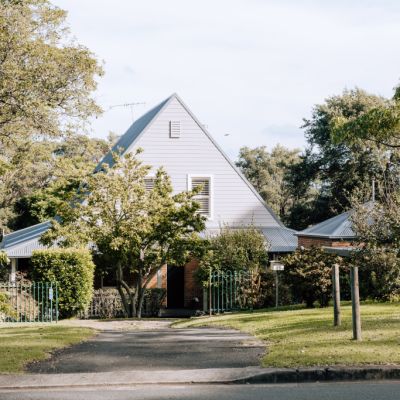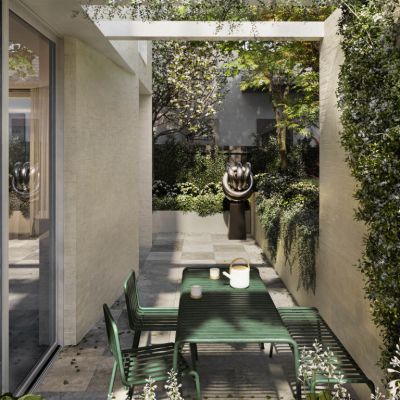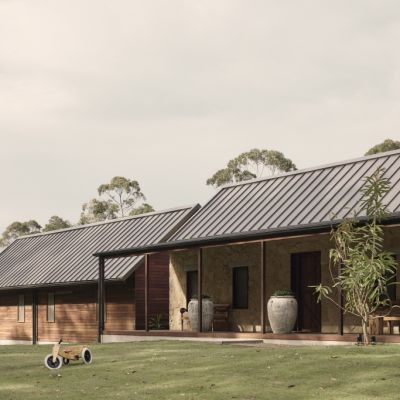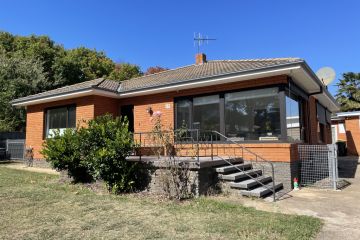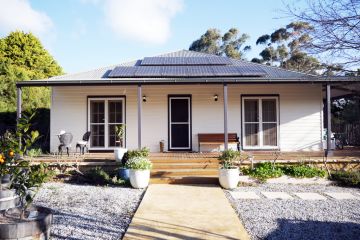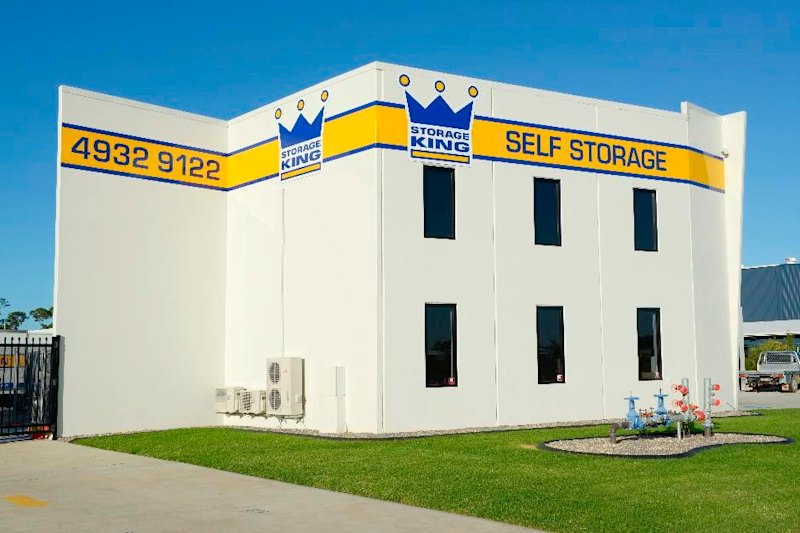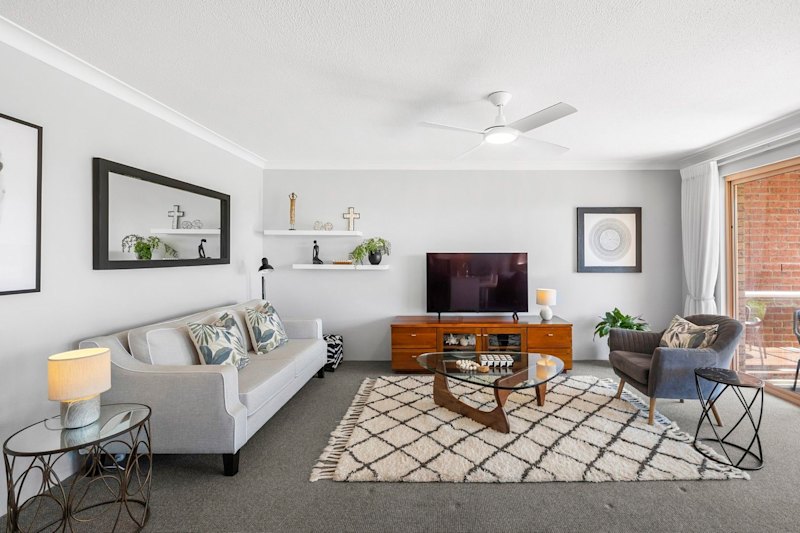What you plant can make a big dollar impact on your property
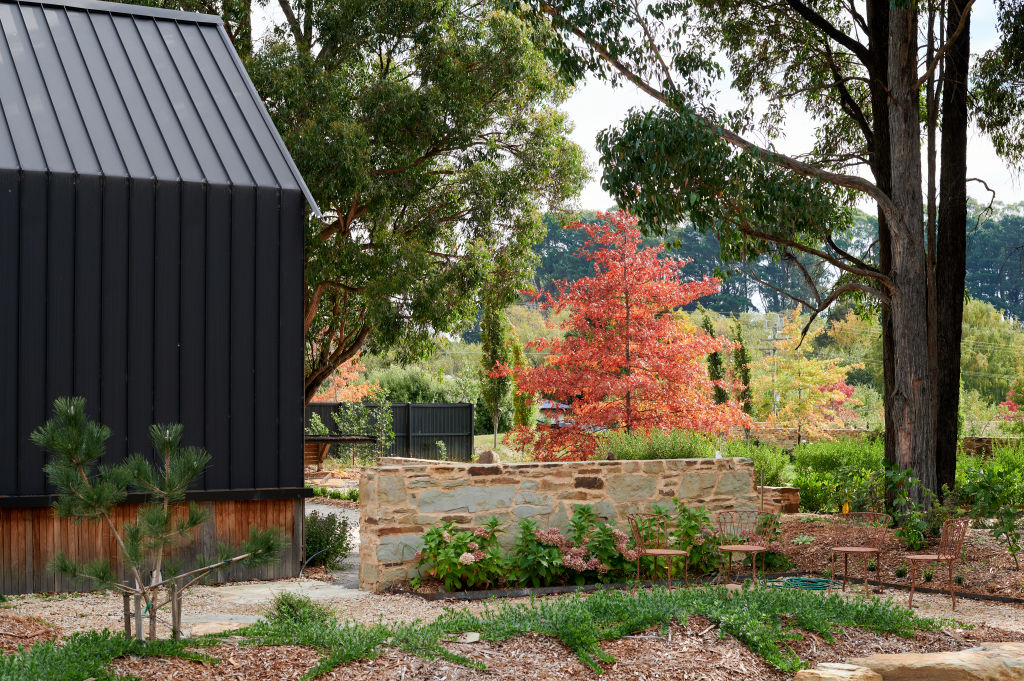
Could the saying ‘money doesn’t grow on trees’ be wrong? Well possibly. Because it turns out that trees and plants can add value to your property, quite a lot in fact.
A 2017 Sydney-based study titled Green Infrastructure: A vital step to brilliant Australian cities by AECOM found a 10 per cent increase in street tree canopy could increase property values by $50,000 on average.
While this research focused on the green infrastructure of suburbs as a collective, individual property values can also rise due to the trees, plants and landscaping on the block.
Meg Caffin, principal of Urban Forest Consulting and board member of Arboriculture Australia, says that “trees and plants do add value, people will pay extra money for that”.
“The figures on how much range from 7-15 per cent increase in value across different cities,” she explains.
The dollar power of plants and trees are due to a combination of factors, including the cost value of the tree or plant itself, the aesthetics and their function in reducing utility bills and thus saving you money.
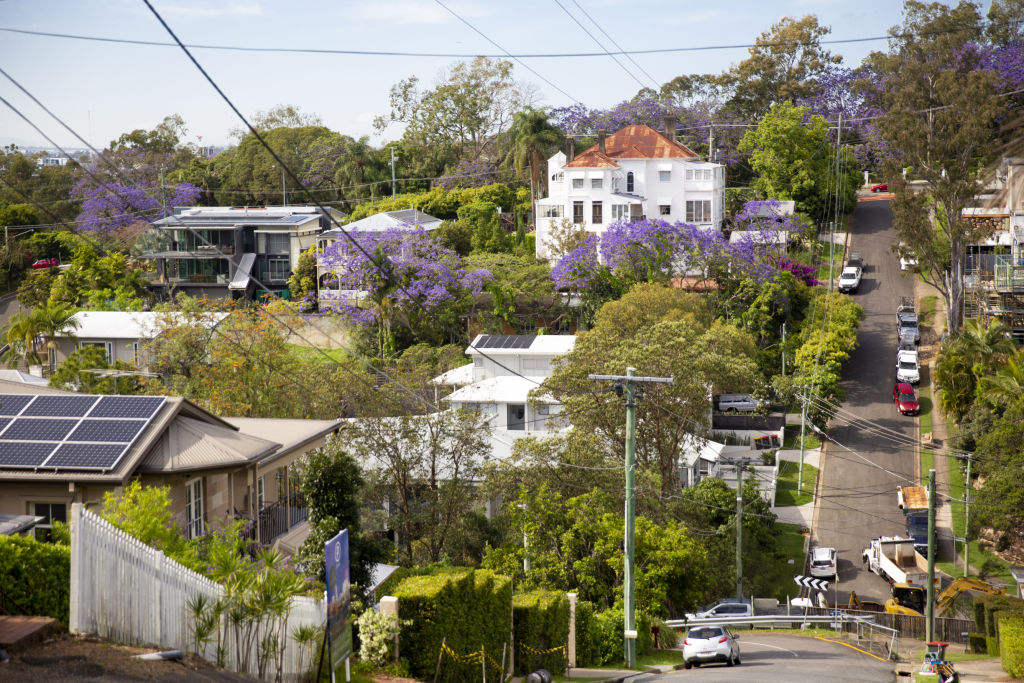
There are “monetary values associated with environmental benefits, particularly trees strategically placed in front and back yards that provide shade over a house. They will reduce the energy costs over that house in the summertime because of its cooling capacity … [ranging] between 5-10 per cent,” Caffin says.
But before you plan a trip to the local nursery, Caffin emphasises that getting the balance right is critical.
“If it requires a significant amount of maintenance and ongoing cost inputs, that could be a drawback,” she says.
Instead, you need to find the “happy medium” – the right selection of trees and plants and to position them in the most suitable locations.
Species
“There is a move away from large trees” due to maintenance and potential risk to infrastructure, so smaller to medium-sized trees are definitely the best options, says Caffin.
For those who love native species, she suggests dwarf lemon scented gums, dwarf yellow gums that don’t grow as large as their full-sized counterparts, otherwise ash trees, maples or smaller oak trees.
Climate control
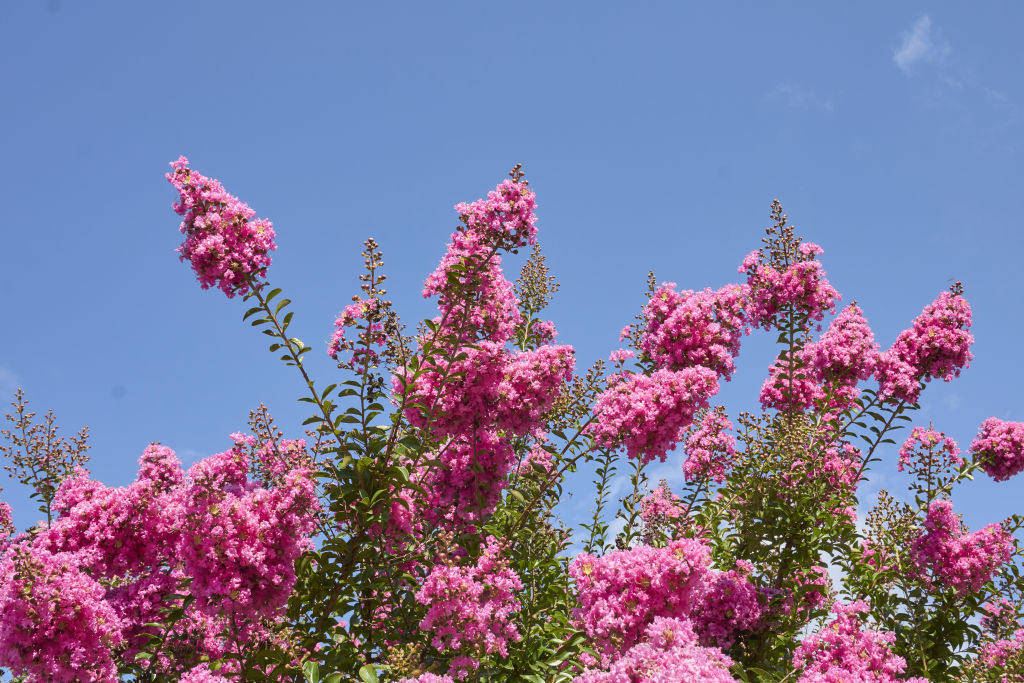
If using trees as natural climate control, Caffin says the best options are small to medium-sized deciduous trees including maples, pyrus and crepe myrtles.
“They provide greater value – shade in the summer (north or west side of the house) and allow winter sunlight into the house,” she says.
But where you plant them is key.
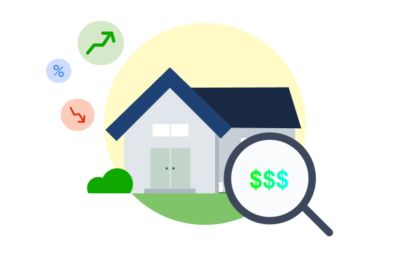

Location, location

The north-west sides of the home will have the greatest impact due to the position of the sun.
Location of plantings is critical to the property experience because “the front setback or front garden is an instant draw,” explains Caffin.
President of the Real Estate Institute of Victoria Richard Simpson agrees with this, observing that the greenery from plants and trees in the front garden “look a lot more attractive and drives the value of property up.”
Style
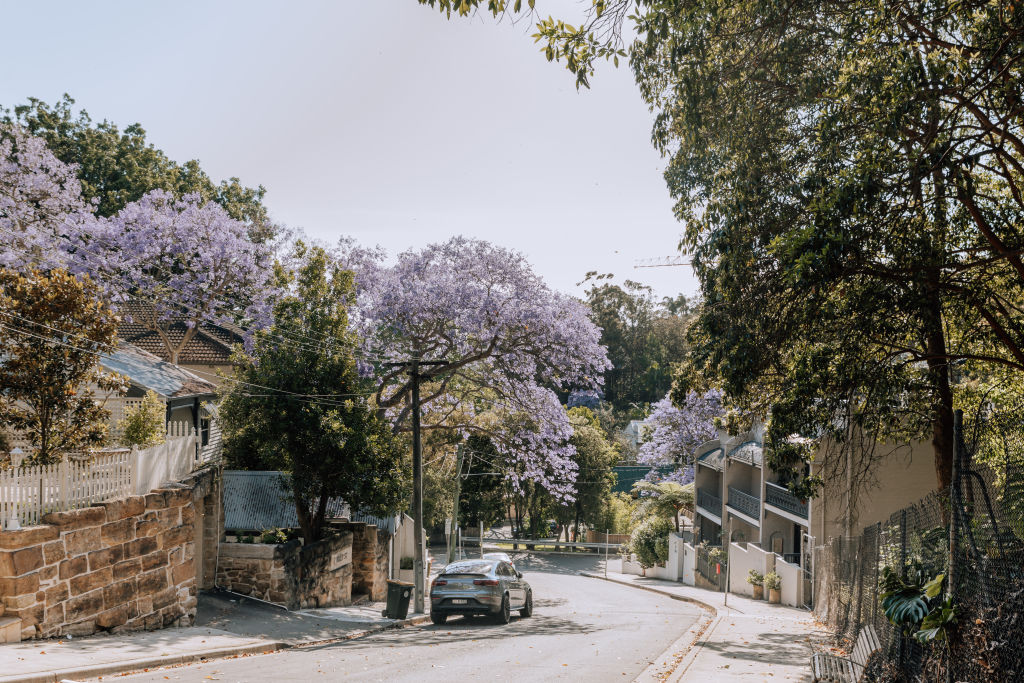
Last but not least, working with the style of your home is also critical, says horticulturalist and co-founder of The Plant Runner, Dominic Hooghuis.
“For example, arid gardens with cacti and drought-tolerant plants can look great with modern … style houses, whereas a more classic or heritage house will look better with a classic romantic style of garden – think perennials and deciduous trees,” he says.
“If the garden complements the house and vice versa, it will click … and adds more value.”
We recommend
We thought you might like
States
Capital Cities
Capital Cities - Rentals
Popular Areas
Allhomes
More
